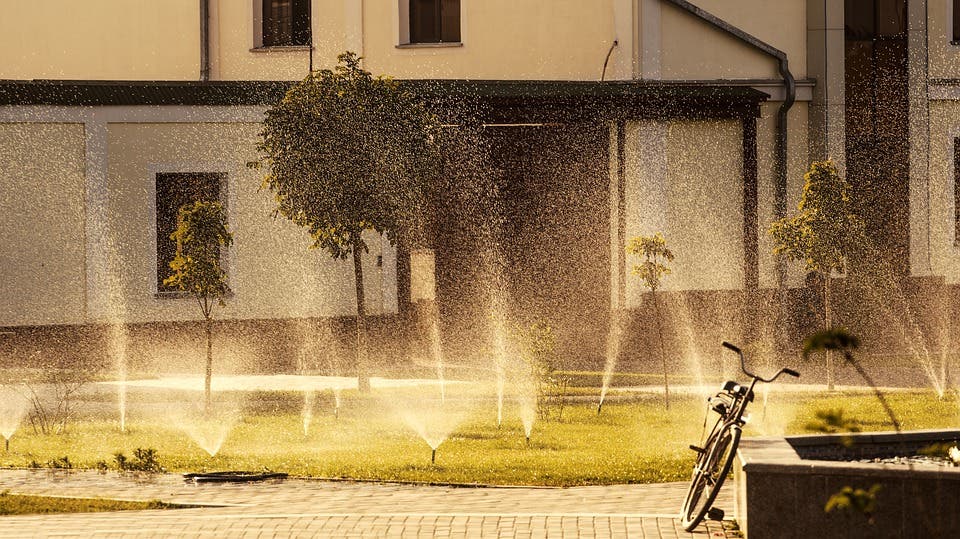Researchers looking into how to help keep our cities cool say that more green spaces can help, although not everywhere.

The urban heat island effect is a phenomenon through which the temperature in a city is noticeably higher than in the surrounding rural area. Which is, obviously, very irritating.
In a bid to find out how to control the effect, an international team of researchers looked at the role of precipitation and population size have on city temperatures compared with the surrounding countryside. All in all, they report that more green spaces can help bring city temperatures down, but not everywhere.
Plant some plants
“We already know that plants create a more pleasant environment in a city, but we wanted to quantify how many green spaces are actually needed to produce a significant cooling effect,” says Gabriele Manoli, former postdoc with the Chair of Hydrology and Water Resources Management at ETH Zurich and lead author of the study.
When urban heat island effects compound with the sort of heatwaves that hit most of Europe this summer, it can pose a very real and deadly threat to the elderly, sick, and other vulnerable groups.
The team looked at urban heat islands across the globe and at the different heat-reduction strategies they employ. The effectiveness of these strategies depends heavily on regional climate, they explain.
Manoli and his team — with members from ETH Zurich, Princeton University and Duke University — studied data from around 30,000 cities worldwide and their surrounding environments. The factors they analyzed include average summer temperatures, population size, and average annual rainfall.
The larger the city, the more dramatic its urban heat island, the authors explain — but also more rainfall in the region. As a rule of thumb, more rain means more plant growth, meaning that areas surrounding large cities are much cooler than them. This effect is the strongest when annual rainfall averages around 1500 millimeters (as in Tokyo), but does not increase further with more rain.
Cities in very dry regions (like Phoenix, Arizona) can, through carefully-targeted planting efforts, bring their average temperatures below that of the surrounding countryside. Those surrounded by tropical forests on the other hand (such as Singapore) would need far more green spaces to reduce temperatures — but the authors warn that this would also increase humidity.
Therefore, cities located in tropical zones should look to other cooling methods, such as increased wind circulation, more use of shade, and new heat-dispersing materials.
One of the main takeaways from the study, Manoli explains, is a preliminary classification of cities to help guide planners on possible approaches to mitigate the urban heat island effect.
“There is no single solution,” Manoli says. “It all depends on the surrounding environment and regional climate characteristics.”
“Even so, searching for solutions to reduce temperatures in specific cities will require additional analysis and in-depth understanding of the microclimate. Such information, however, is based on data and models available to city planners and decision-makers only in a handful of cities, such as Zurich, Singapore or London.”
The team is now working to determine which types of plant are most useful for reducing the heat island effect.
The paper “Magnitude of urban heat islands largely explained by climate and population” has been published in the journal Nature.









